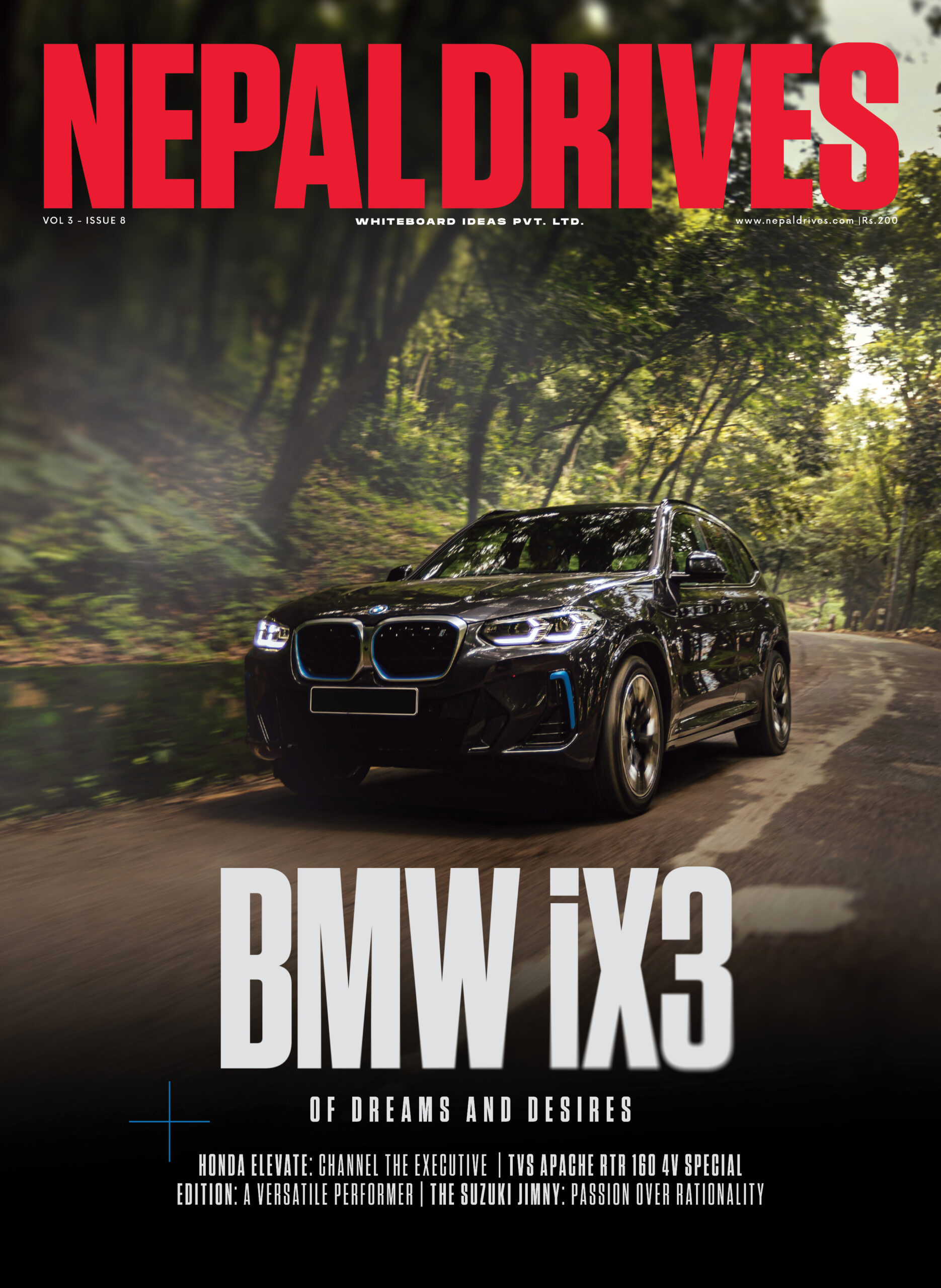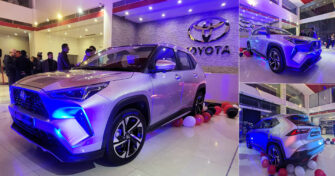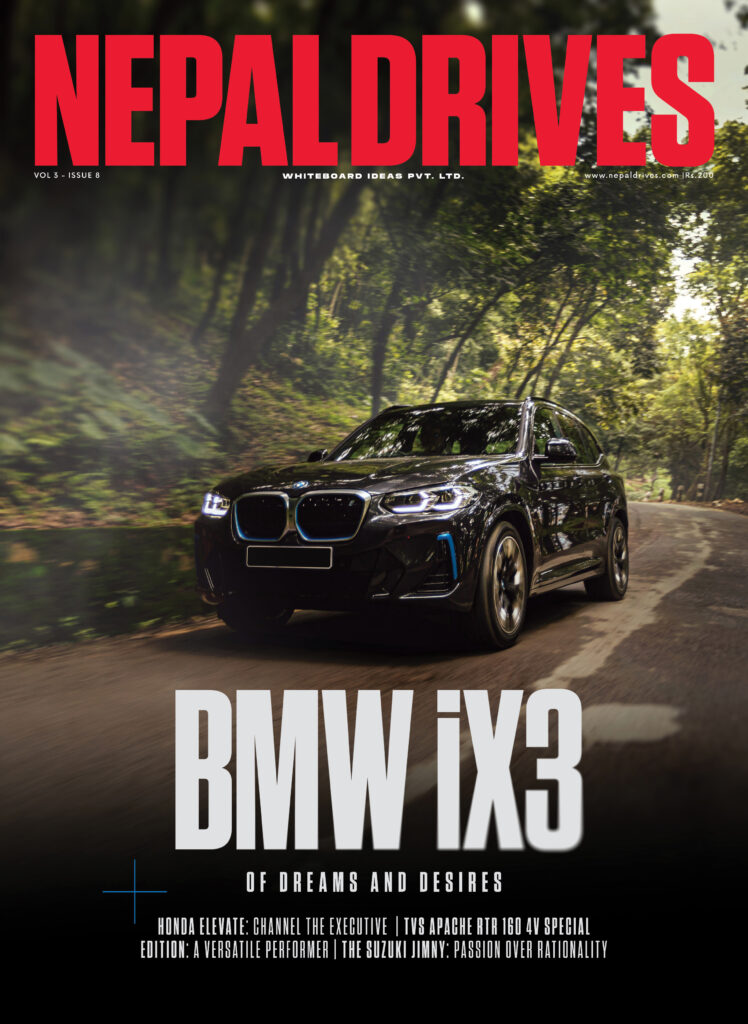Suzuki Swift Hits 40-Year Milestone with Over 9 Million Units Sold
Share
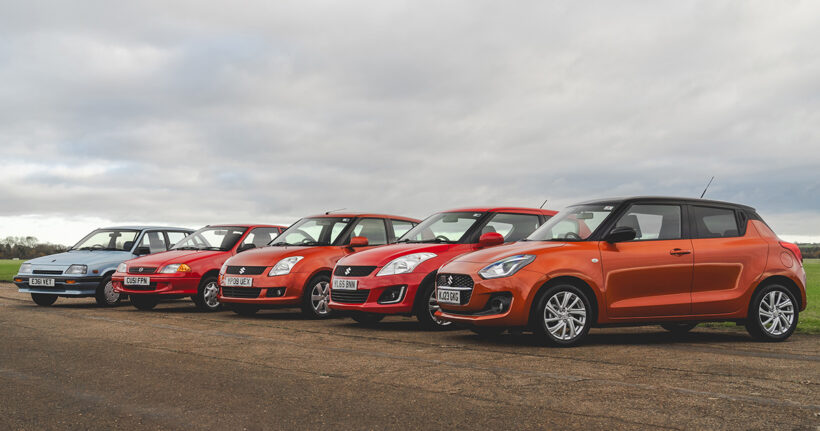


Marking its 40th anniversary this year, the Suzuki Swift has firmly established itself as one of the most globally recognized nameplates in the automotive industry. The hatchback recently reached a significant milestone by surpassing nine million units sold since its introduction as a mass-market vehicle in 2004. As Suzuki prepares for the upcoming launch of the new Swift in India, let’s take a look back at the five generations of the popular hatchback.
1983-1989:
The Suzuki Swift was originally marketed in Japan and sold as the Cultus / SA310 until early 1985 when the Swift name was then used for Europe. In Japan, the Swift name only became used for its domestic market in the late 1990s. It was first launched in 1983 at the 25th Tokyo Motor Show and went head-to-head with the Toyota Starlet and Nissan Micra.
Swift was the first Suzuki model to enter a class of cars with larger dimensions and engines than Japan’s ‘kei’ class Fronte model. Very early models utilised a 1.0-litre three-cylinder engine with leaf springs for the rear suspension.
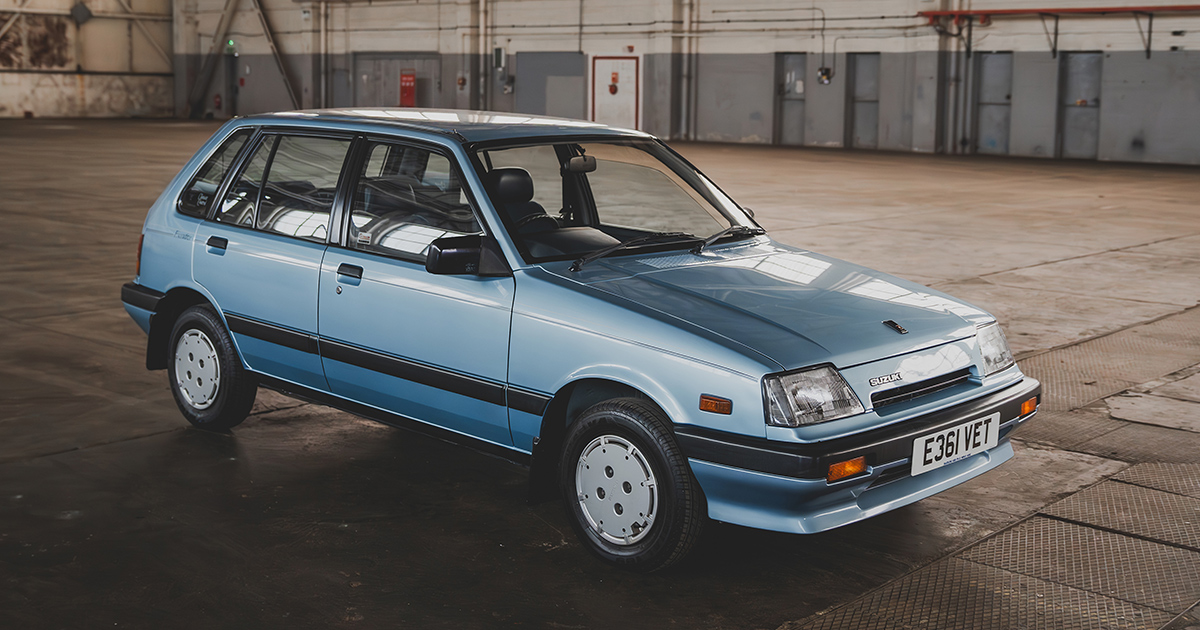
Later production Swifts were powered by a 1.3-litre four-cylinder engine that was noted by media at the time for its smoothness and good fuel economy. The dashboard was a mix of analogue and digital instruments including a gear selection indicator for the optional three-speed automatic transmission.
1989-2003:
The second-generation Swift was the longest-running Swift variant with production spanning over 13 years. It was first presented in Japan in 1988 and European introduction debuted in Brussels in October of that same year. This model was also badged as Cultus in Japan and numerous other Global markets.
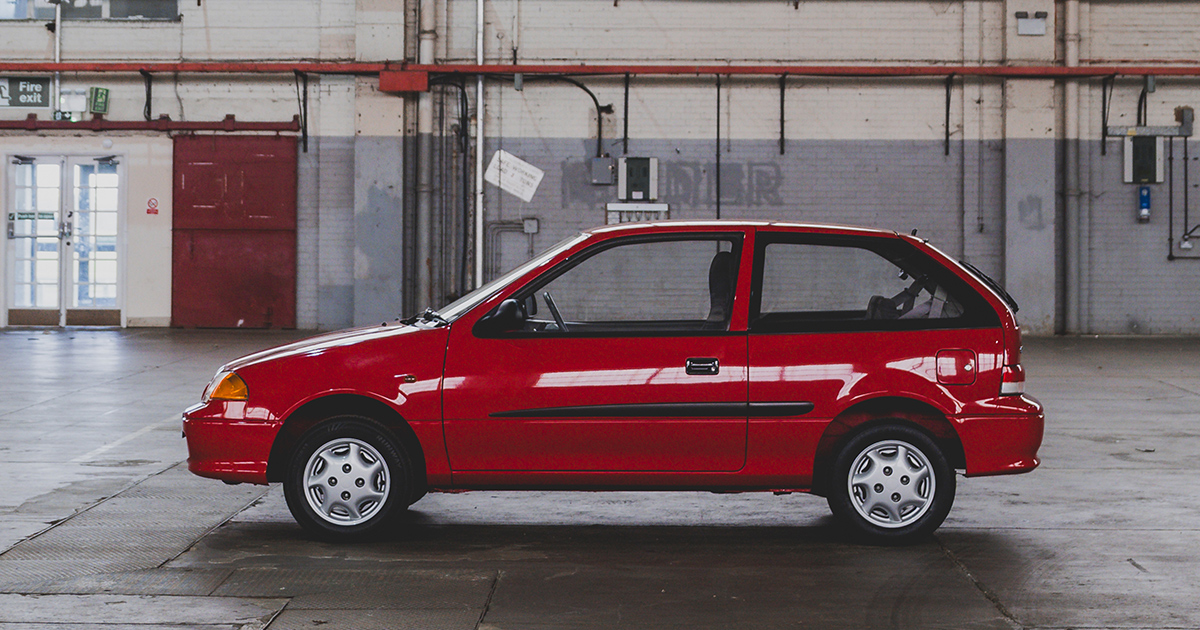
This model Swift, with its pronounced wedge styling cues, had similar dimensions to the first model introduced in 1983 but was redesigned to make better use of the luggage area and cabin space. It featured four-wheel independent suspension and was available as both three and five-door variants with either 1.0-litre three-cylinder or 1.3-litre four-cylinder engines.
2005-2010:
The third-gen Swift featured a sporty and elegant design with genuine international appeal. The stylists deliberately shunned the trend towards ‘one-box’ uniformity, instead producing a substantive design with a distinct bonnet. This generation was available with either 1.3-litre or 1.5-litre four-cylinder engines and the 1.6-litre Sport three-door model was introduced in May 2006.
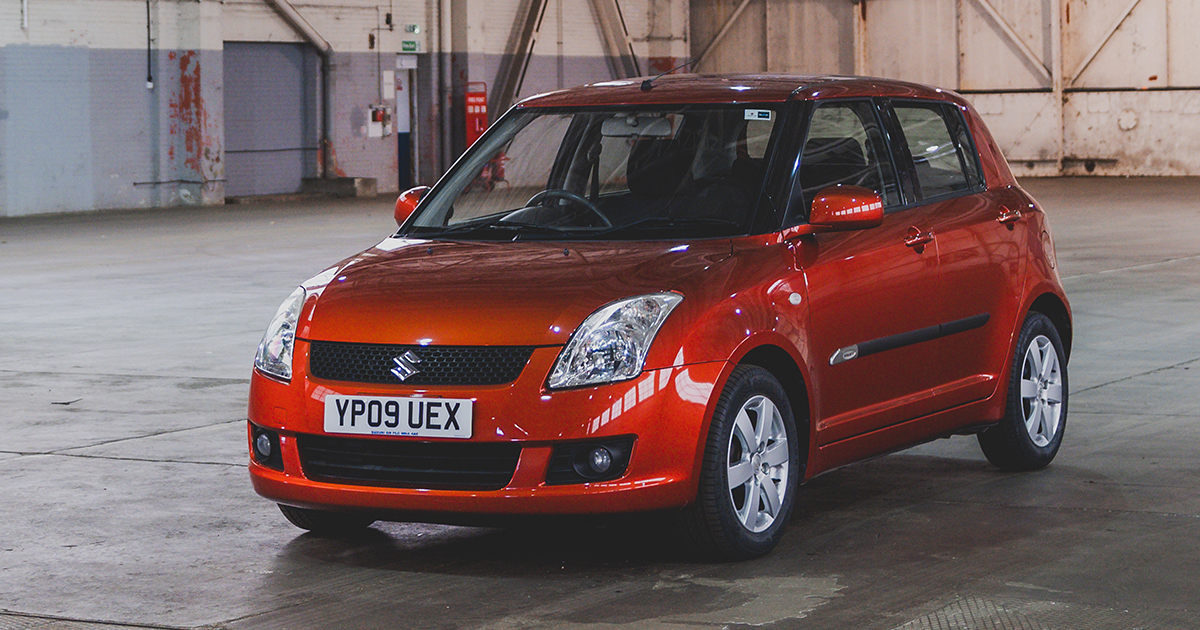
2010-2017:
The fourth-gen Swift was announced as Suzuki’s latest world strategic model and made strong developments in styling, impact safety, driving performance, handling, improved fuel consumption and significantly lower emissions.
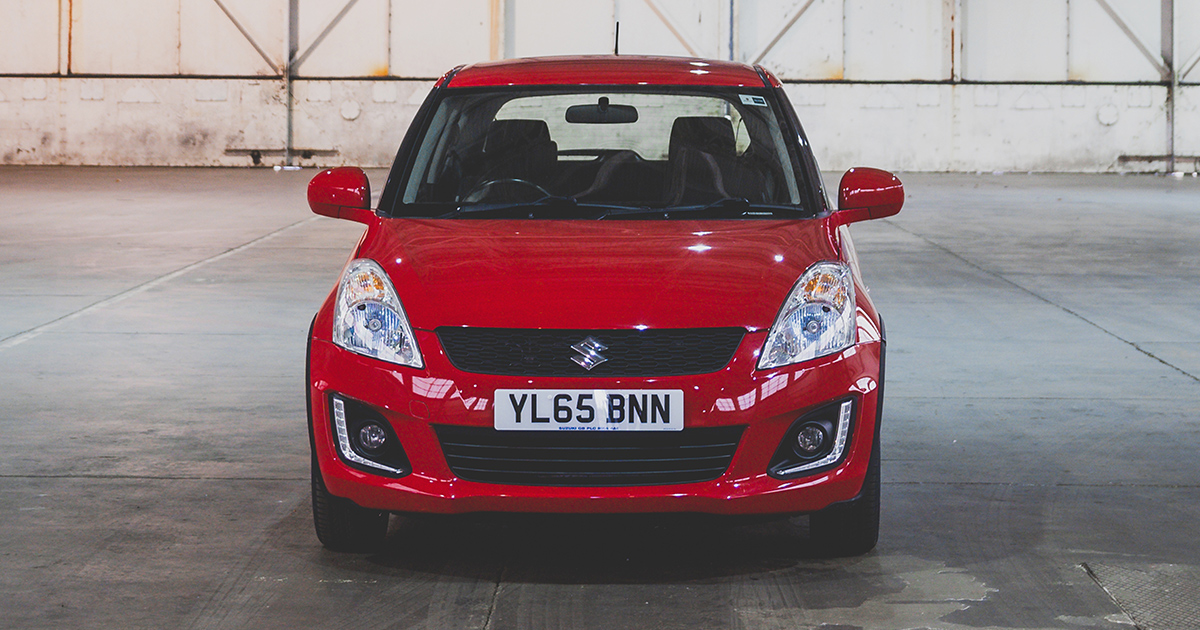
Extensive use of higher-strength steel made the new bodyshell lighter and stiffer as well as offering refinement in underbody design. This latest design also further improved impact safety for pedestrians as well as occupants. Increased track and larger diameter wheels with lower profile tyres allowed for even better handling than the highly acclaimed outgoing Swift first launched in May 2005. For even more space inside, Swift grew slightly in length (+90mm) with a 50mm increase in wheelbase and a 10mm increase in height.
2017-2023:
Following on from its launch in the Japanese domestic market, Suzuki Motor Corporation unveiled the Swift for Europe at the 2017 Geneva Motor Show as its all-new global compact supermini. It was then facelifted for 2021 with a revised front-end styling, a new 1.2-litre enhanced Hybrid engine, higher standard specification and even further emphasis on safety equipment levels across the range.
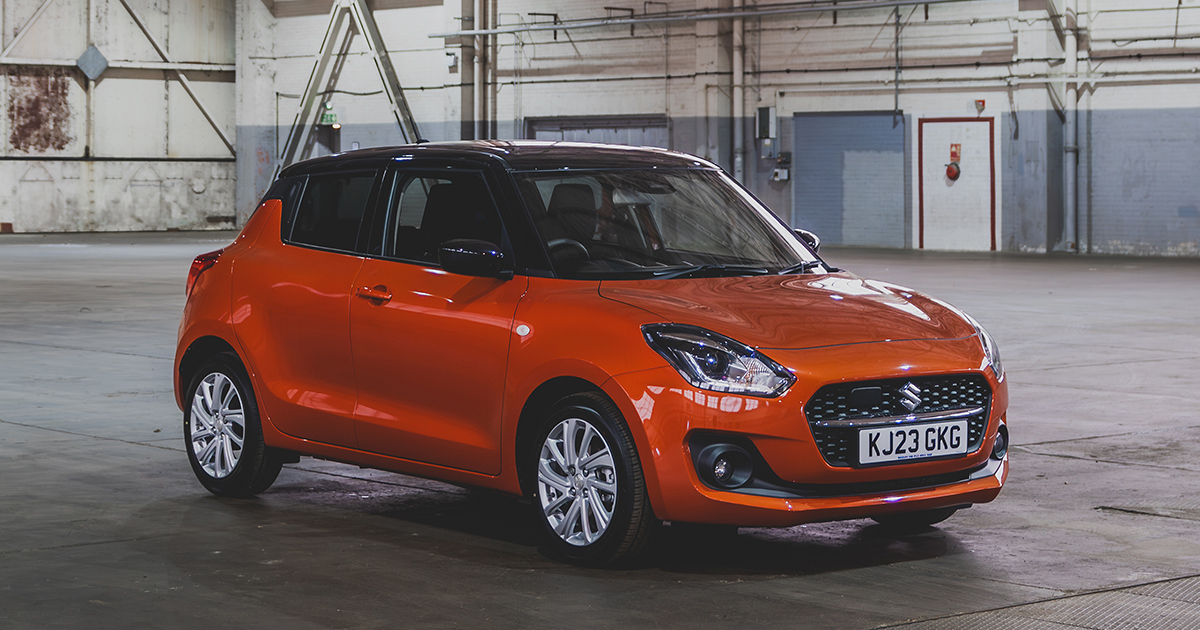
2024 onwards:
In 2024, the Suzuki Swift underwent a comprehensive redesign, resulting in a markedly distinctive appearance, enhanced technological features, and an innovative powertrain. The revamped model introduces a range of new elements, including a new 1.2-litre three-cylinder mild hybrid engine, and an abundance of advanced safety technologies. These updates collectively contribute to a refreshed and upgraded Suzuki Swift for the year 2024.
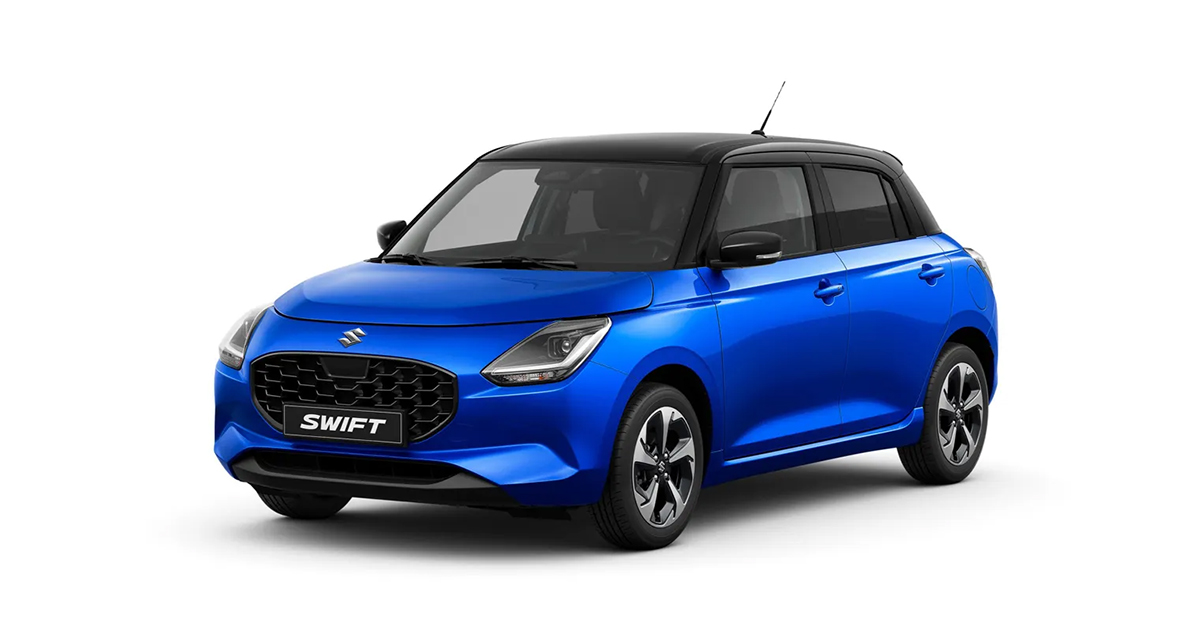
Having first entered the Nepalese market in 2005, the Suzuki Swift has maintained a prominent presence by unveiling three generations of this compact hatchback. The reception in Nepal has been nothing short of exceptional, thanks to the Suzuki Swift’s segment-competitive features, a dependable engine, and affordability. The Swift has solidified its status as a popular hatchback among Nepalese consumers.



